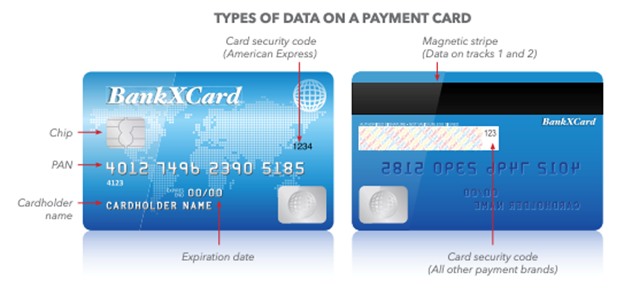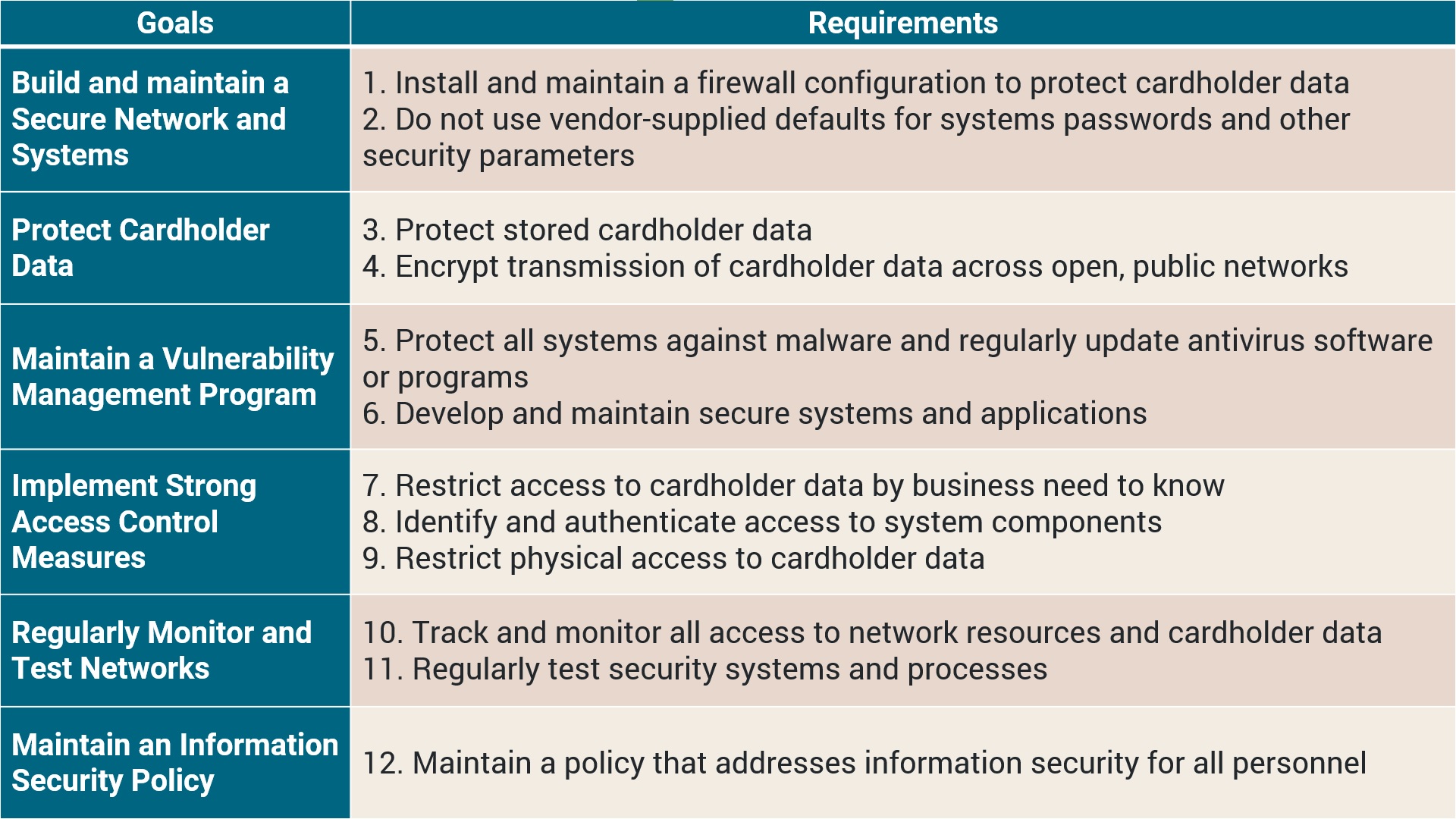In today’s digital marketplace, falling behind in cybersecurity measures can have dire consequences. Like other regulatory standards, non-compliance with protocols for handling card data, such as the PCI DSS standard, can result in significant penalties.
Managed File Transfer (MFT) serves as the backbone for securely moving and overseeing data exchanges between essential business applications, especially when handling sensitive customer card details or related payment information. It’s critical to exercise heightened diligence throughout the data transfer lifecycle to prevent any weak points that could be exploited.
Here’s an overview of PCI DSS requirements and how you can employ MFT strategies to ensure transactions are secure and data is locked down.
Understanding the PCI DSS standard and its requirements
Protecting card data during transactions, whether it’s within payment processes or transmitting to different systems, is challenging. Data encryption alone isn’t foolproof because multiple stages during data transfer can be susceptible to cyber threats.

This is why the world’s major credit card companies have joined forces to establish the PCI Security Standards Council (PCI SSC) to develop and manage payment card security standards.
The council is responsible for updating and evolving the PCI DSS (Data Security Standard) to address emerging threats and technologies in the industry, in an effort to ensure the security of cardholder data.
See also: Guide to Safe Payments by the Security Standards Council
Here is a quick overview of PCI DSS goals and principal requirements:

Further reading:
Why should CISOs and CIOs prioritize MFT to achieve better compliance?
If you are a CISO or CIO, PCI DSS is more than a set of guidelines; it is a requirement to protect payment card data and avoid data breaches and fraud. Think of it as not just ticking off a compliance checklist but as a core part of your cybersecurity strategy.
Here’s the deal: consumers often assume their card data is either not stored or is safely encrypted. But this couldn’t be further from reality. This data is a prime target for cyber threats like phishing or malware, especially when paired with weak security measures.
Don’t miss out on opportunities to minimize security gaps in MFT — watch the full replay!
PCI DSS steps in with strict protocols across your systems, ensuring transactions are secure and data is locked down.
To bolster defenses, a multitude of MFT strategies can be employed:
- Enhance data encryption both when stored and during transmission, employing robust encryption methods and secure transfer protocols that assure delivery.
- Regularly update and fortify passwords through centralized identity management.
- Fortify network security with multi-tiered DMZ architectures.
- Implement role-based access control systems to regulate data and application management.
- Increase transparency through auditing and consistent monitoring at various points during data movement.
- Shield your data flows with comprehensive antivirus and malware protection.
Axway MFT stands out by offering significant value
Detailed visibility: offers extensive insights into data transfer history and activities, allowing for real-time monitoring that can integrate with SIEM systems for heightened security.
Uniform security posture: facilitates the establishment of role-based-access-controls across the enterprise, which transcends vendor limitations and supports a least-privilege access model, thereby shrinking potential attack surfaces.
Centralized identity management: simplifies the management of user credentials, significantly reducing the risks of phishing and other related security threats.
Reliable transfer mechanisms: automates data transfers across varied profiles, supporting a plethora of secure transfer protocols, thereby reinforcing business continuity, and enabling ongoing system updates without downtime, in alignment with continuous security practices recommended by PCI DSS v4.0.
See also: Decoding shared responsibility for MFT security
Axway has a solid history of supporting clients in achieving PCI DSS compliance, providing expert guidance on best practices and a steadfast commitment to data integration security.
In our next blog, we will dive deeper into how Axway MFT helps you cruise along the information highway with confidence.
Discover Textron’s journey towards automating their compliance needs using Axway MFT.


